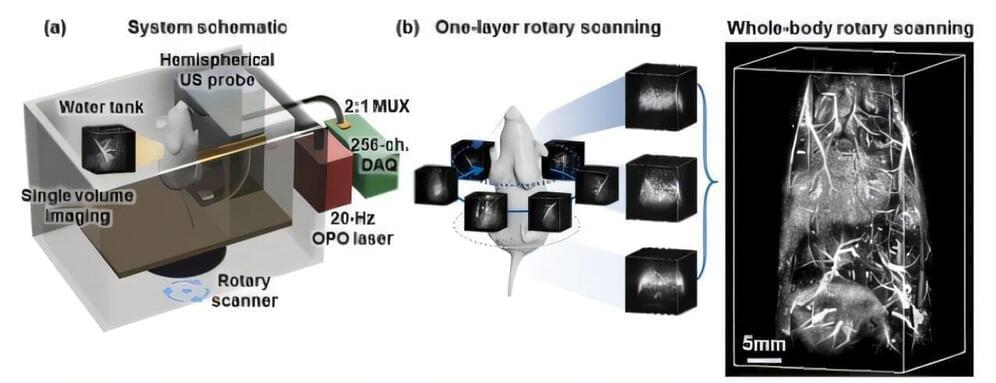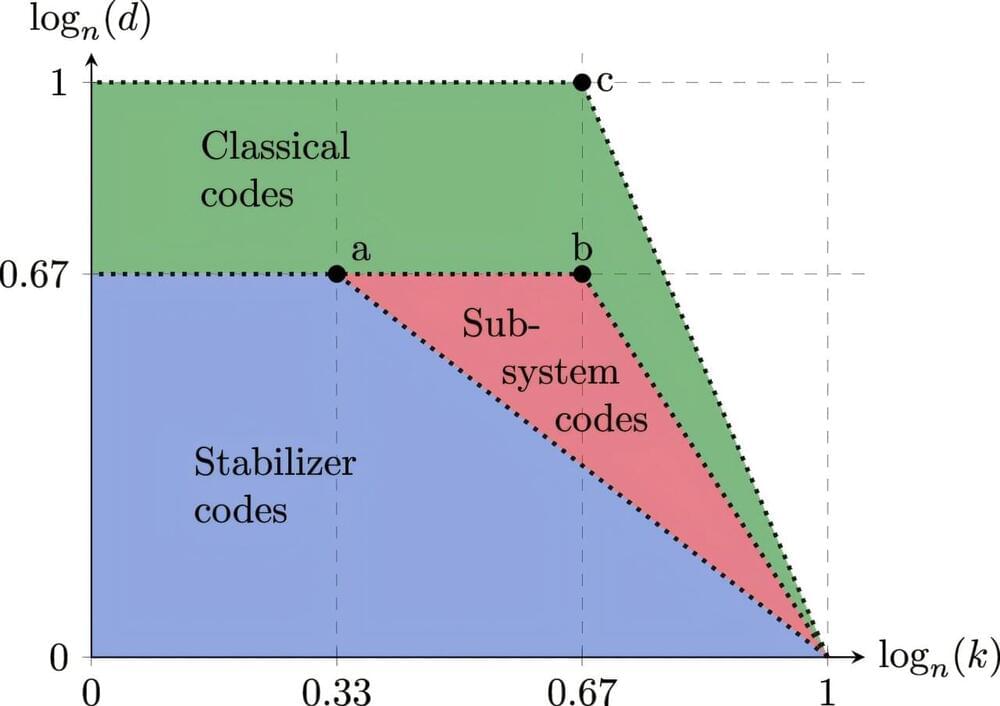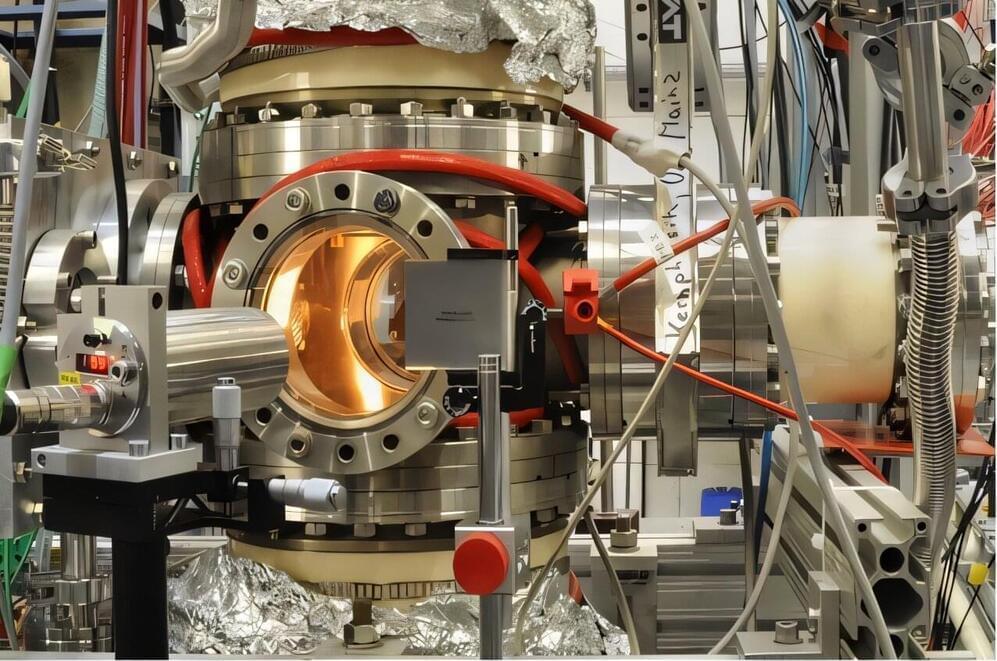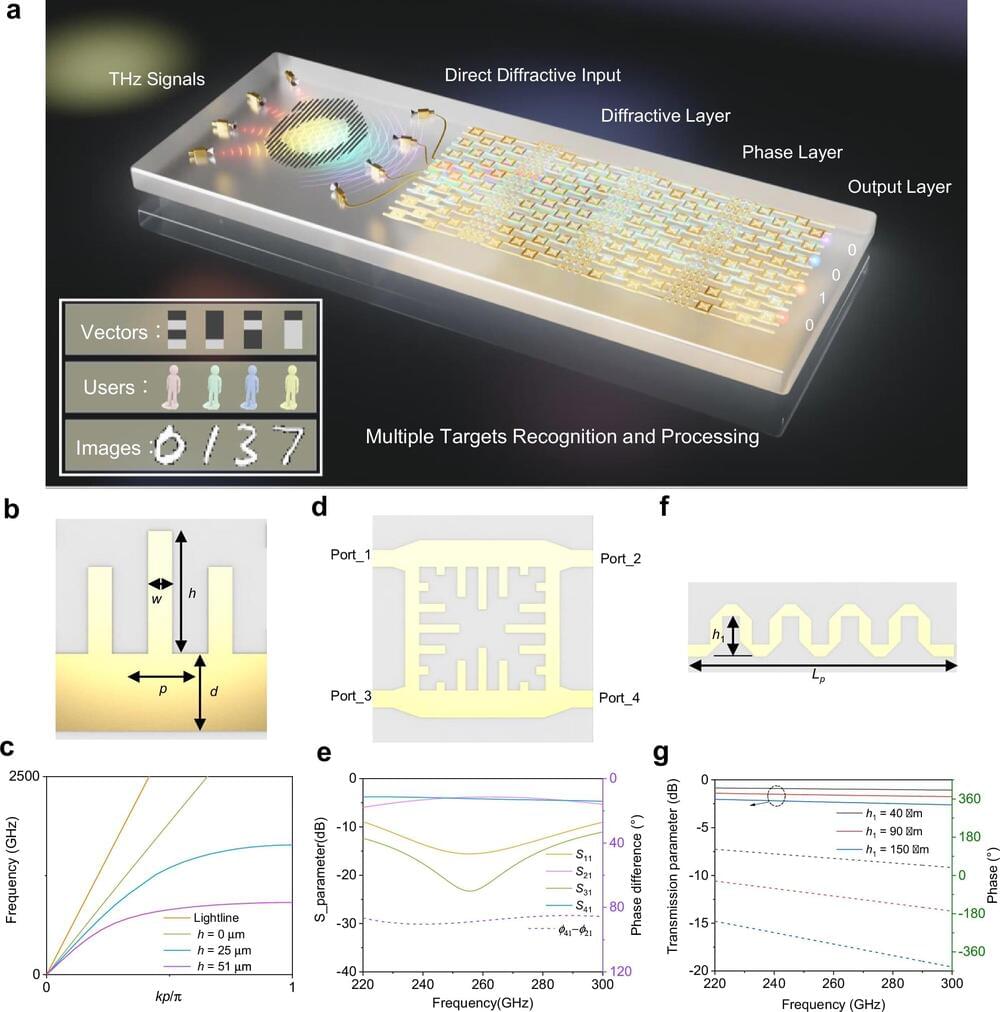A theoretical model shows that exchange of information plays a key role in the molecular machines found in biological cells.
Molecular machines perform mechanical functions in cells such as locomotion and chemical assembly, but these “tiny engines” don’t operate under the same thermodynamic design principles as more traditional engines. A new theoretical model relates molecular-scale heat engines to information engines, which are systems that use information to generate work, like the famous “Maxwell’s demon” [1]. The results suggest that a flow of information lies at the heart of molecular machines and of larger heat engines such as thermoelectric devices.
The prototypical engine is a steam engine, in which work is produced by a fluid exposed to a cycle of hot and cold temperatures. But there are other engine designs, such as the bipartite engine, which has two separate parts held at different temperatures. This design is similar to that of some molecular machines, such as the kinesin motor, which carries “molecular cargo” across biological cells. “Bipartite heat engines are common in biology and engineering, but they really haven’t been studied through a thermodynamics lens,” says Matthew Leighton from Simon Fraser University (SFU) in Canada. He and his colleagues have now analyzed bipartite heat engines in a way that reveals a connection to information engines.









